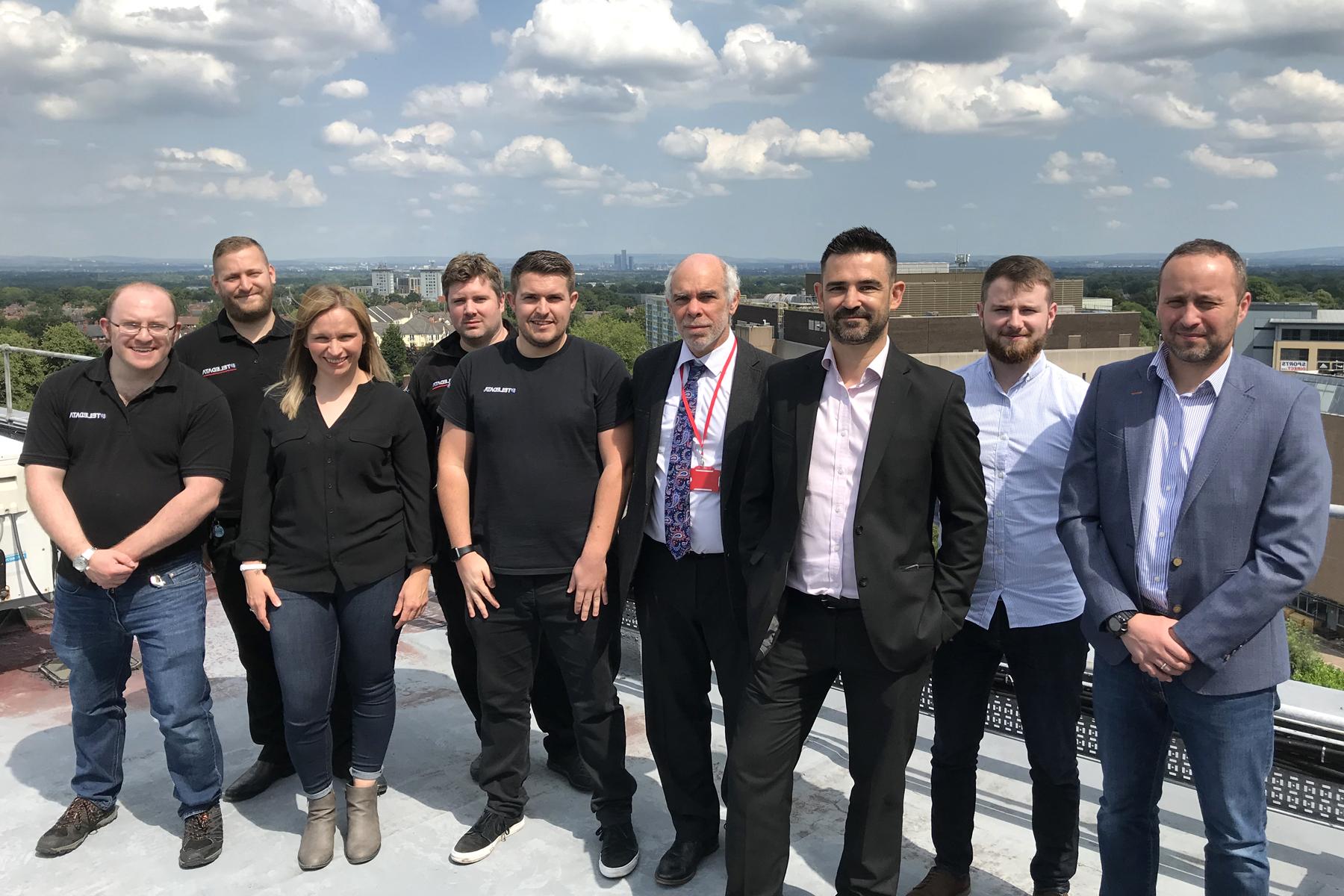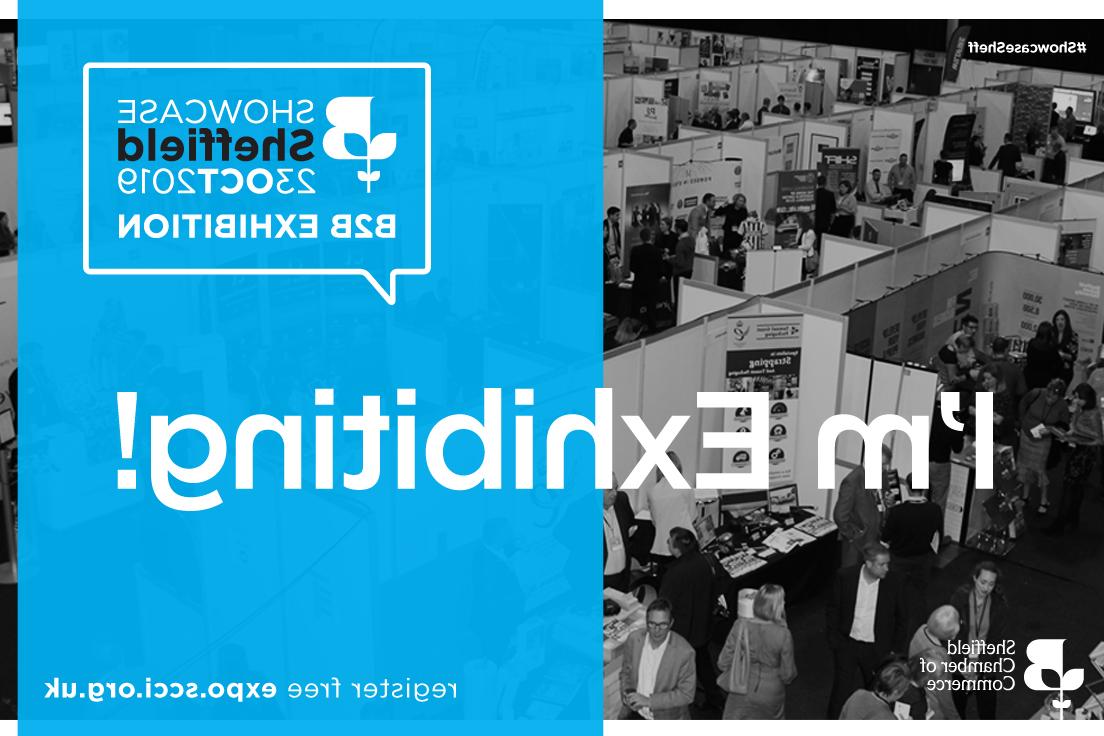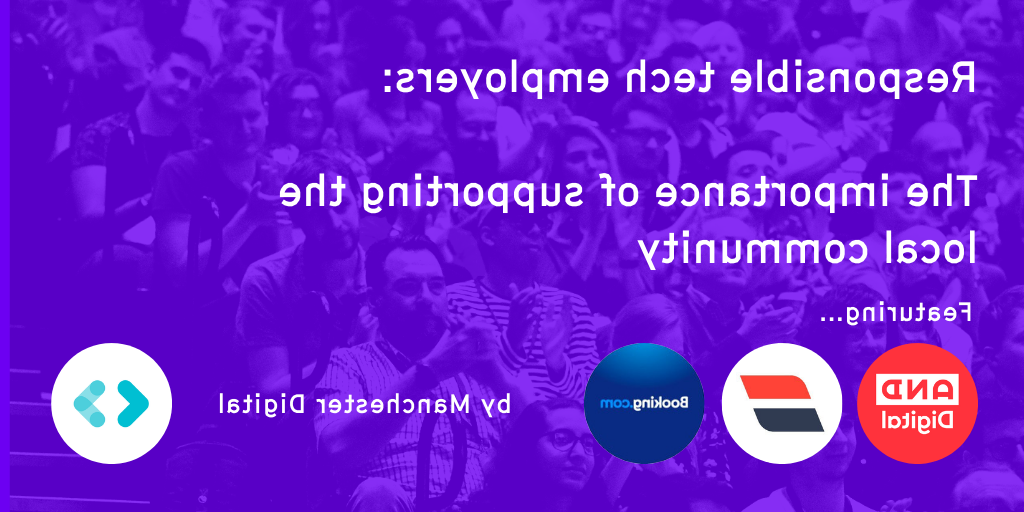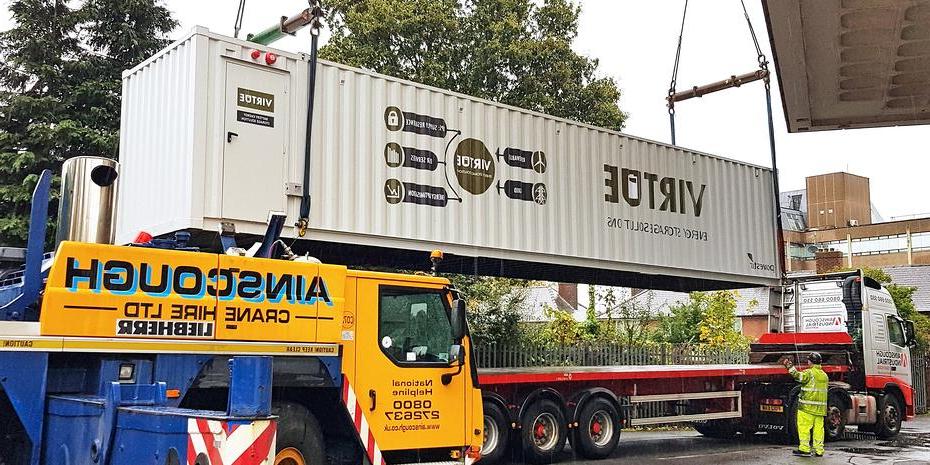
It’s the medical breakthrough on everyone’s lips.
一个可能的好消息 辉瑞疫苗, 本周早些时候公布的, is already being hailed as ‘a watershed moment’ in the fight against Coronavirus.
After months of misery and lockdown it is a welcome ray of hope for many, as preliminary testing by BioNTech shows the vaccine to be more than 90 per cent effective.

希望的萌芽
Downing Street cautiously welcomed the results and said the UK will procure 10 million doses by the end of the year, 如果获得批准.
Professor of medicine at Oxford University, 约翰·贝尔爵士, even predicted that we could ‘be back to normal life’ by Spring.
Assuming all goes to plan (fingers crossed), there is now a logistical challenge on the horizon.
考虑以下三个关键问题:
- Who will be prioritised for the vaccination?
- In what order will the population receive the jab?
- 以及如何管理?
 Handling big data is vital to getting it right
Handling big data is vital to getting it right
处理数据
Of course, getting the UK approach right hinges on how our data is handled.
That’s why technologies such as robotic process automation (RPA) are essential in prioritising high-risk patients.
根据 初步的指导方针, NHS的工人, care home residents and staff should be first in line, once a vaccine is approved by regulators.
Prioritisation is then linked to age, starting with those aged 75 years and above. While those with underlying health conditions are also likely to be bumped up the list; all logical enough.
But how will it be coordinated on a large enough scale to protect a population of 67.800万年?
The work required by healthcare staff is a huge manual undertaking at a time when manpower is already stretched. 时间并不站在我们这边.
 RPA would significantly speed up the process
RPA would significantly speed up the process
Accelerate the process – with automations
而不是, consider the ability technology has to get vaccines into the hands of those who need it the most. It could be done faster and with greater accuracy.
RPA would substantially reduce the time spent by acting as a ‘perfect digital health worker’, 智能分析患者记录, 以闪电般的速度, and notifying high risk groups in the correct order.
Before your imagination runs wild, this isn’t some sort of dystopian nurse figure.
而不是, RPA is cleverly designed pieces of software, which in this case would be capable of scanning and sorting millions of data points to prioritise high risk groups, such as older patients or those with diabetes.
Agile Automations, 一家位于全球最大的博彩平台的软件公司, believe the process could save the government millions of pounds in time and money.
Dan Holgate,敏捷自动化的首席技术官
Chief technology officer Dan Holgate explains: “Automations are designed to specialise in datasets, processing and extracting information like this. 使用预先确定的规则集, 比如政府的风险因素, 这种类型的任务非常适合RPA.
“All the information needed to make it work is already there, stored across several systems. An automation could cross reference these attributes to create a risk score for each individual.
“The data would be encrypted and it’s handling would not be open to human error, 与手动场景不同. It also frees up back office staff to help with more value-added tasks such as individual queries and reassurance.”
这个过程会是怎样的呢?
- Collect identifying data from multiple sources via RPA such as electronic health records stored by the NHS, National Insurance number and electoral roll etc
- Sort data into core attributes such as age, sex, race, underlying health conditions
- Rank the level of risk for each person according to the government ruleset
- Calculate the geographical spread of demand so NHS services can prepare and be scaled-up in certain high-risk areas, 注射疫苗
- Automatically generate emails/letters/ text messages to inform the public of the process and their risk category
- Calculate the number of the population who have had the vaccine (ongoing)
- Automatically send follow-up communication
欲知更多有关 Agile Automations 请与我们联系 LinkedIn or 推特.









